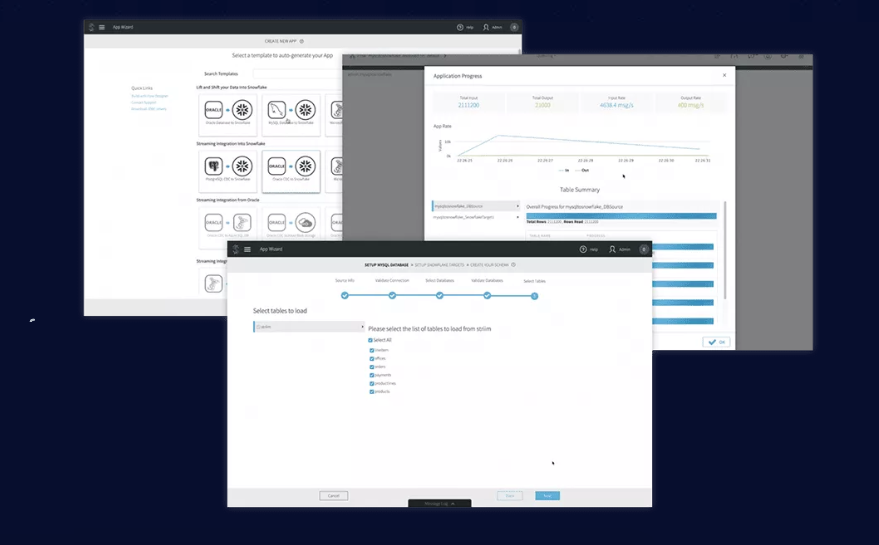Change data capture (or CDC) is the new data integration alternative to batch processing. Industry experts use CDC to update databases in or near real-time, which is hugely advantageous for any business looking to handle data efficiently.
You don’t have to go it alone, either. Experienced change data capture technology partners can help you get your data moving into the future with CDC. Here’s your beginner’s guide to the ins and outs of this lighting-fast data integration technology.
How change data capture works
Change data capture efficiently syncs relational databases, most often with a log-based approach. The data updates are parsed directly from the original database’s built-in transaction logs rather than repeatedly scanning the database for changes.
The transaction logs record every change made to the database and nothing further. Taking advantage of these logs is the most efficient approach for CDC, both in terms of time and computing power. The challenge is parsing the transaction logs, which do not always have a well-documented format.
Another but less efficient method of CDC is query-based. It requires that timestamps are stored within the data to indicate when each row is modified. The database does need to be repeatedly scanned in this approach, though it is still faster than batch processing.
Trigger-based CDC is yet another commonly used approach. Instead of reading changes directly from the original table as in log-based change data capture, trigger-based CDC logs changes in shadow tables used to sync other databases. The additional shadow tables make this method even less efficient. Still, it can sometimes be preferable if the database has SQL support for triggers because the implementation is more manageable.
Who can benefit from change data capture
In short, any business looking to optimize its approach to data can benefit from CDC. However, business intelligence efforts can be limited by the speed at which the business’s data analytics can perform, and there’s no faster speed than real-time.
You can’t analyze your data in real-time if it’s not streaming in real-time. As Striim CTO Steve Wilkes writes for Forbes, real-time data analysis can be applied to “cloud bursting, operational machine learning, large scale cloud analytics or any other scenario where having up-to-the-second data is essential.”
One specific application example is Sony’s real-time earnings platform for artists. The underlying data integration must be fast and reliable so artists can access accurate information about their income.
Another application for data change capture is multiplayer gaming. Gamers depend on data updating efficiently to share an experience regardless of their physical location.
CDC’s business intelligence purposes apply to virtually any industry, not just these brief examples. It can only help your business to ensure that its data is properly synced, backed up, and analyzed as efficiently as possible.
Wrap up
Change data capture is a technology of the future. With it, your business decisions could be made faster and more accurately, perhaps changing the way it functions with real-time data. Knowledge is power, and CDC is one technology ensuring that your business’s knowledge is always up-to-date.



